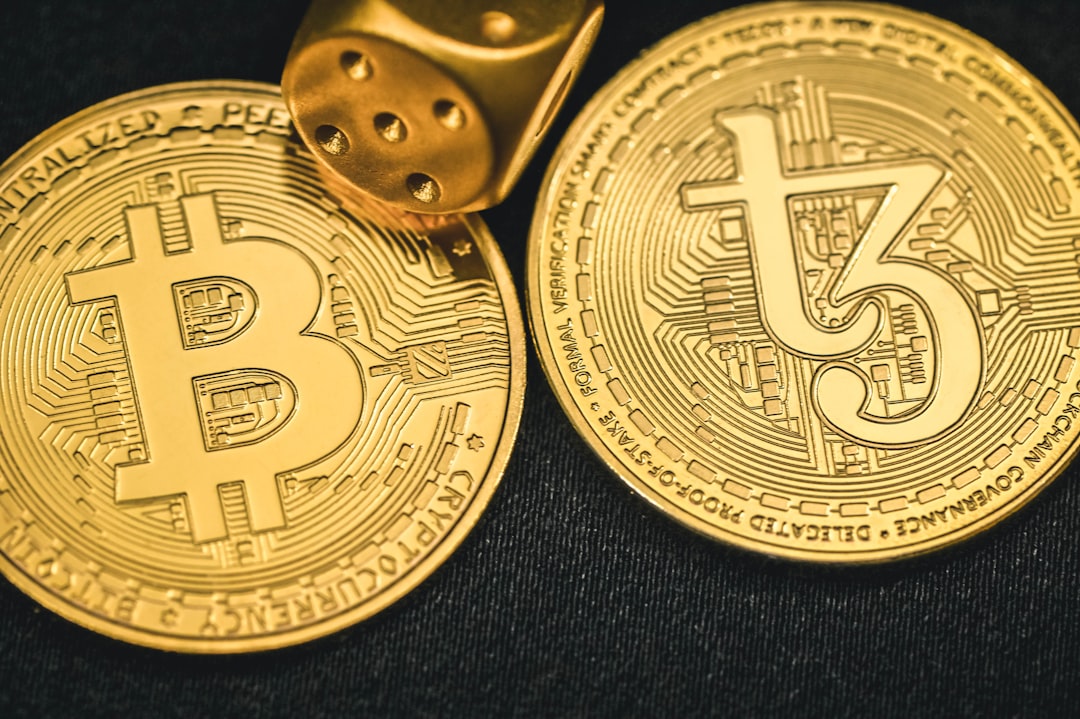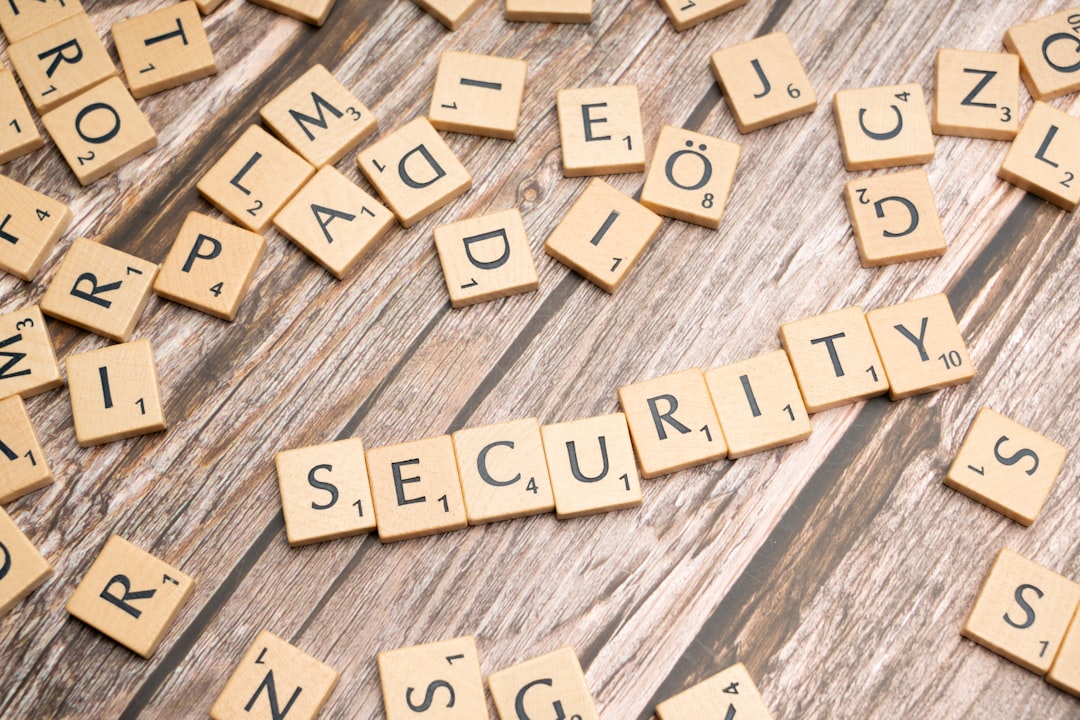As cryptocurrency continues to gain mainstream acceptance, more people are looking to enter the digital finance space. Whether you are a seasoned investor or a curious beginner, having a reliable and easy-to-use crypto wallet is essential. A crypto wallet is the gateway to your digital assets—it helps you store, send, and receive cryptocurrencies securely. For many newcomers, setting up a wallet might seem like a daunting task. Fortunately, the process has become incredibly streamlined in recent years. This step-by-step guide will walk you through how to set up the easiest crypto wallet with minimal hassle, while ensuring strong security measures are in place.
What is a Crypto Wallet?
A crypto wallet is a digital tool that allows you to manage your cryptocurrencies. Rather than storing actual coins, it holds your private keys—the credentials you need to access and manage your digital assets on the blockchain.
There are two main types of crypto wallets:
- Hot wallets: These are connected to the internet and include mobile apps, desktop apps, and browser extensions.
- Cold wallets: These function offline, such as hardware wallets or paper wallets, offering enhanced security.
For the purpose of ease and simplicity, this guide focuses on setting up a beginner-friendly hot wallet via a mobile app.
Step 1: Choose a Reputable Wallet Provider
The first and most important step is selecting a trustworthy wallet provider. Opt for well-reviewed wallets that are known for security, reliability, and ease of use. Some of the most recommended options include:
- Trust Wallet: Backed by Binance, widely used mobile wallet.
- MetaMask: Popular for Ethereum and compatible tokens.
- Coinbase Wallet: Standalone wallet by the well-known Coinbase exchange.
For beginners, Trust Wallet is often favored due to its intuitive user interface, support for multiple cryptocurrencies, and strong security features.
Step 2: Download and Install the Wallet App
Once you’ve chosen your wallet, navigate to your device’s app store—Google Play for Android or the App Store for iOS—and download the relevant app.
Ensure you’re downloading the official version. Fake apps can put your funds at risk. Always verify the developer’s name and check user ratings and reviews before proceeding.

Step 3: Create Your New Wallet
After installation, open the app and tap on the option to create a new wallet. Typically, the process will be as follows:
- Terms and Conditions: Read and agree to the terms and conditions.
- Backup Your Wallet: The app will generate a set of 12 or 24 random words, called a recovery phrase or seed phrase. Write this down and store it in a secure location.
- Verify the Phrase: To ensure you’ve saved it correctly, the app may ask you to re-enter the phrase.
Warning: If you lose your seed phrase, you lose access to your wallet permanently. Do not share it with anyone—not even customer support.
Step 4: Access and Customize Your Wallet
Upon successful creation, you’ll be taken to your wallet’s dashboard. From here, you can view your wallet address, balances, and transaction history.
At this point, you can also customize your wallet by:
- Setting a passcode or enabling biometric security
- Deciding which cryptocurrencies to display
- Turning on notifications for transactions
Step 5: Add Funds to Your Wallet
With your wallet ready, you’re now able to receive funds. Most apps will display your public wallet address or QR code. This is the information you can share when someone wants to send you crypto.
To receive funds:
- Select “Receive” on your dashboard.
- Choose the cryptocurrency you want to receive.
- Copy your address or let the sender scan your QR code.
You can also purchase crypto within many wallet apps using a linked credit or debit card. Trust Wallet and Coinbase Wallet support in-app purchases with third-party providers.
Step 6: Send Funds from Your Wallet
Transferring funds from your wallet is just as easy:
- Tap “Send” and select the crypto you want to send.
- Paste the recipient’s address or scan their QR code.
- Enter the amount and review the transaction.
- Approve and submit. Most apps will prompt for a password or biometric confirmation.

Step 7: Secure Your Wallet
Security is pivotal when dealing with cryptocurrencies. Although hot wallets are user-friendly, they are also more exposed to online threats. Here are a few tips to enhance your wallet’s security:
- Use a strong password: Avoid common passwords and include a mix of characters.
- Enable two-factor authentication (2FA): Adds an extra layer of verification.
- Backup your recovery phrase: Store it in multiple physical locations, but never online or on cloud storage.
- Regular updates: Keep your wallet app and operating system up to date.
Step 8: Explore Features and Integrations
Most beginner wallets now offer a variety of built-in features to help advance your crypto journey, including:
- Built-in staking: Earn rewards by staking supported tokens.
- Decentralized exchanges (DEX): Trade directly from the wallet without using a centralized exchange.
- NFT support: Manage and view your non-fungible tokens (NFTs).
These features can enhance your experience and make your wallet more than just a storage solution.
Optional: Connect Your Wallet to a Browser Extension
If you’re planning to interact with decentralized apps (dApps), it’s a good idea to sync your mobile wallet with a desktop browser extension. Wallets like MetaMask and Trust Wallet support such functionality, allowing seamless interaction with DeFi platforms, games, and marketplaces.
This step isn’t compulsory for casual holders, but it opens up more possibilities for utilizing your crypto wallet across the web.
Final Thoughts
Setting up a crypto wallet no longer requires technical expertise. As long as you choose a reputable provider and follow standard security practices, managing cryptocurrency can be safe, simple, and even enjoyable.
By following the steps outlined in this guide, you’ve taken a significant step toward controlling your digital assets independently. Always take your time when performing transactions and protect your recovery phrase relentlessly. Cryptocurrencies offer powerful financial freedom—but with that freedom comes responsibility.

Whether you’re holding for the long term or dabbling in decentralized finance, a secure and user-friendly crypto wallet is the cornerstone of your journey in the world of digital currency.


